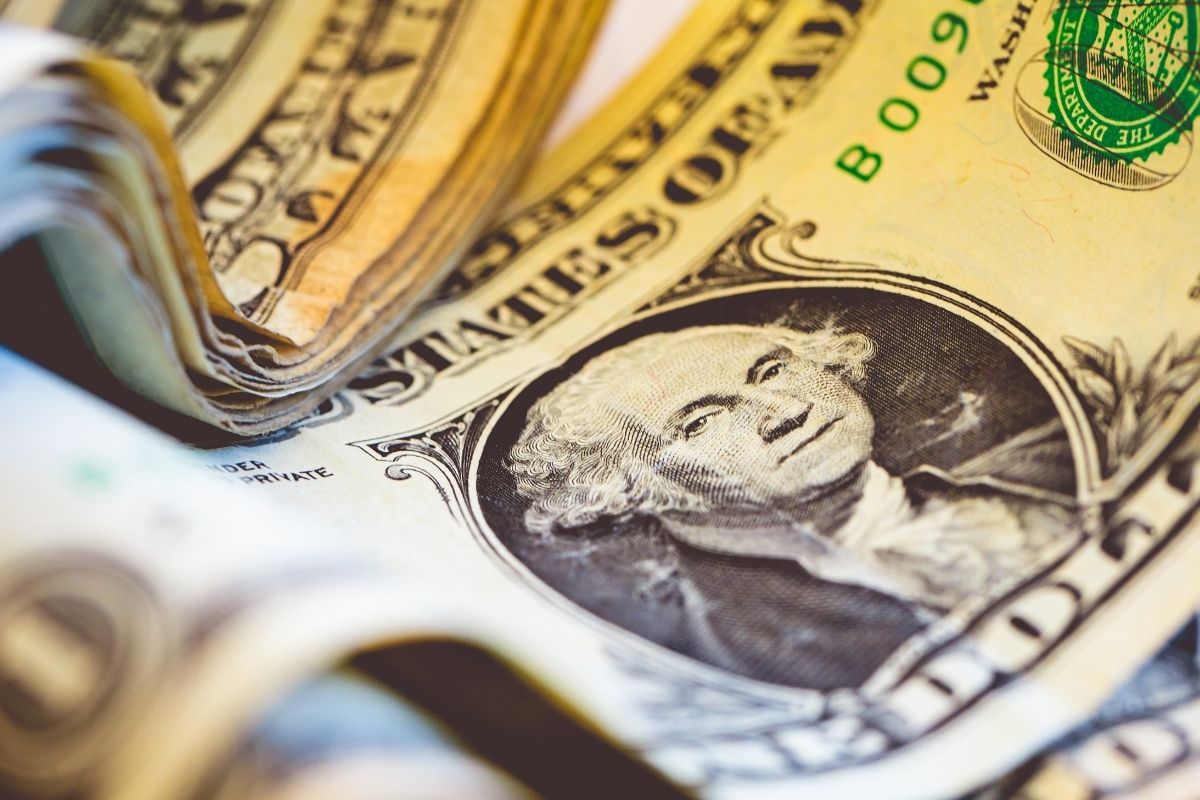From Donald Trump’s first term (2017–2021), we know that he favors low interest rates and a not overly strong dollar—two ideas that now appear to clash with the work Jerome Powell has done at the helm of the Federal Reserve since February 2018. His current term as Chair of the central bank ends in May 2026, though he will remain a Governor until February 2028. Without a doubt, the controversy between Trump and Powell is heating up, particularly after Powell’s recent speech on April 16 at the Economic Club of Chicago, where he addressed U.S. economic prospects.
In his address, Powell emphasized that the U.S. economy remains in a solid position, though he acknowledged that it faces downside risks due to uncertainty generated by trade policies, especially the new tariffs imposed by the Trump administration.
“At the moment, we are in a good position to wait for greater clarity before considering any adjustment in our monetary policy stance. We continue to analyze incoming data, the evolution of the economic outlook, and the balance of risks. We understand that high levels of unemployment or inflation can be harmful and painful for communities, families, and businesses. We will continue doing everything in our power to achieve our goals of maximum employment and price stability,” concluded Powell.
Beyond this tempered conclusion, Powell delivered key messages about the relationship between monetary policy and the Trump administration’s tariff strategy:
“As we better understand changes in policy, we will gain a clearer view of their implications for the economy and therefore for monetary policy. It is very likely that tariffs will generate at least a temporary increase in inflation. The inflationary effects could also be more persistent. Avoiding that outcome will depend on the magnitude of those effects, how long they take to fully pass through to prices, and ultimately on keeping long-term inflation expectations well anchored.”
Juan José del Valle, analyst at Activotrade, remarked:
“Powell’s Wednesday speech raised doubts about the economic outlook, and Trump’s harsh tone toward the Fed Chair—calling into question the institution’s independence—led the Nasdaq to fall more than 3% during the session.”
Trump’s Response
President Donald Trump responded the following day, expressing his displeasure with Powell for not lowering interest rates and even suggesting his removal. According to international news agencies, the White House is reportedly evaluating the dismissal of the Fed Chair. Bloomberg reported that Kevin Hassett, economic advisor to the White House, said: “The president and his team continue to study the matter.”
This isn’t Trump’s first criticism of the Fed. Earlier this month, he criticized the central bank’s “slowness” in lowering rates via a post on Truth Social, and recently labeled the Fed’s reports a “complete disaster,” accusing Powell of “playing politics” by not adjusting interest rates—especially compared to the ECB, which has implemented multiple cuts.
The Stakes for the Fed
Experts warn that this political pressure from the White House adds to the already challenging situation the Fed faces: balancing inflation and growth risks.
“The bank appears focused on preventing the unanchoring of inflation expectations. The latest New York Fed survey highlighted this risk, showing that Americans’ short-term inflation expectations have risen significantly, while economic outlooks have sharply deteriorated.”
However, U.S. retail sales offered a more reassuring signal—though the figures were driven in part by early household purchases ahead of tariff implementation. The true impact of the trade war may take time to reflect in economic data. Still, uncertainty is already weighing on businesses: visibility has plummeted, and order books are thinning, as shown by ASML’s figures.
Some firms are directly on the front lines of the trade war: Nvidia is expected to take a $5.5 billion asset loss due to the ban on exporting its H20 chips to China, according to Edmond de Rothschild AM’s daily analysis.
Can the President of the Fed Be Dismissed?
According to the Federal Reserve’s own rules, the Chair cannot be dismissed for political reasons or policy disagreements. Under the Federal Reserve Act, Board members can only be removed “for cause”. However, the law does not explicitly define what that entails. Legal experts interpret “cause” to mean misconduct, inability to perform duties, corruption, extreme negligence, or legal violations.
“While legal scholars argue that a president cannot easily remove the Fed Chair, and Powell has stated he would not resign if asked by Trump, the latest comments from the White House are forcing investors to seriously consider the implications of a possible dismissal,” Bloomberg notes.
Historically, no Fed Chair has ever been removed. According to legal experts, any attempt to dismiss Powell for political reasons could trigger legal challenges, provoke a crisis of confidence, and prompt a negative market reaction as the institution’s independence is undermined.




